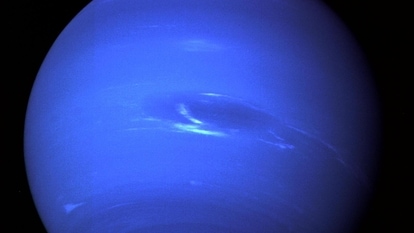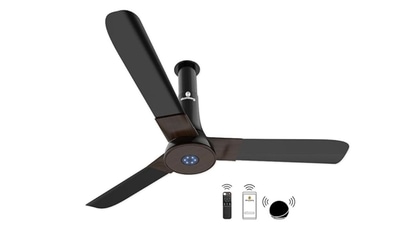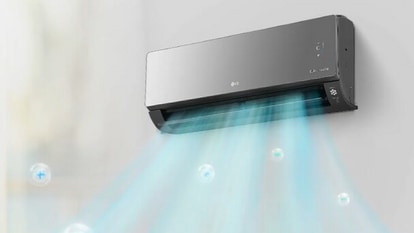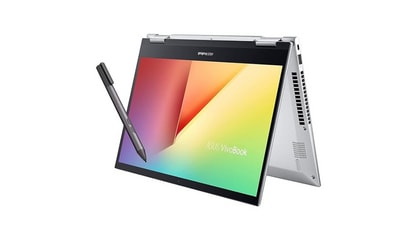Lockheed Martin Selected to Develop Nuclear Propelled Spacecraft
A Department of Defense agency and NASA picked Lockheed Martin Corp. to design and develop the first nuclear thermal rocket engine to be tested in space, part of a program called DRACO.
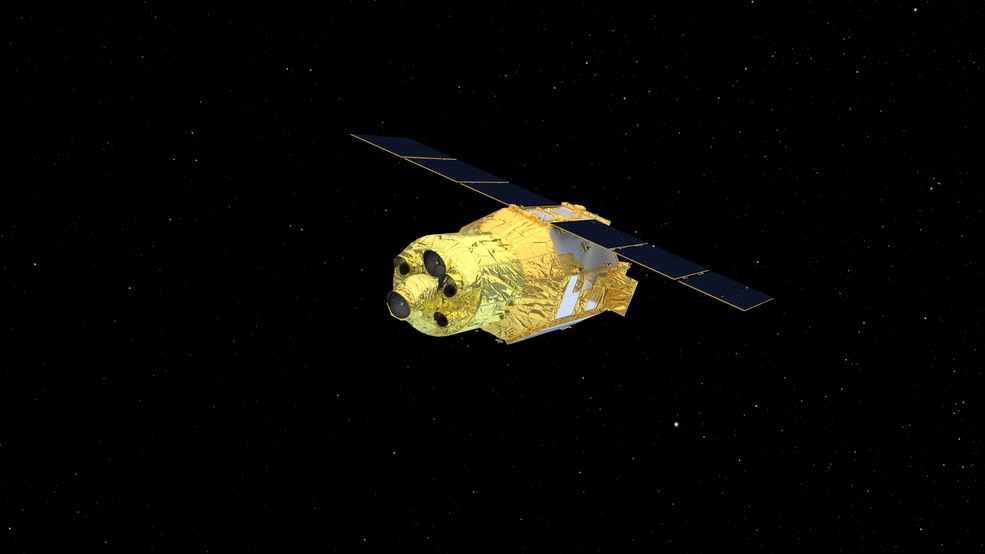
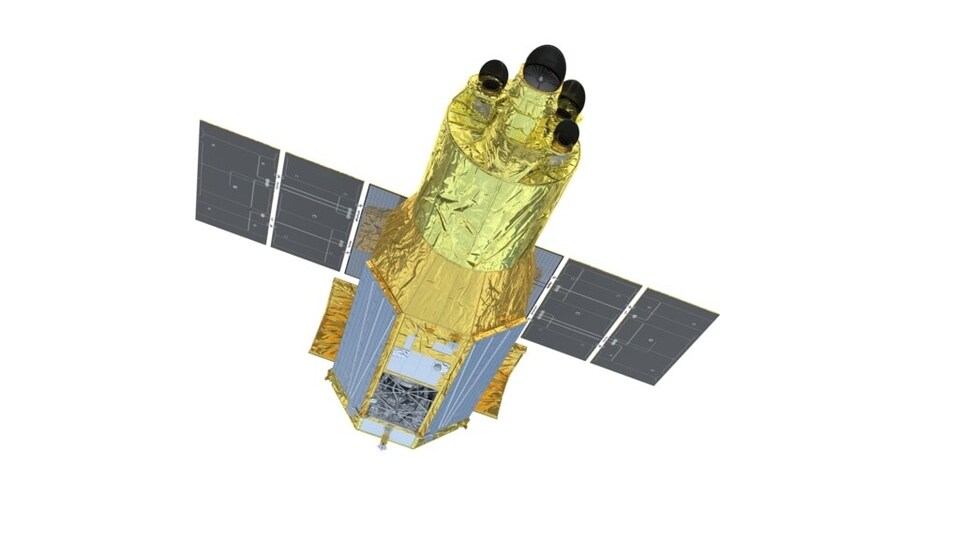
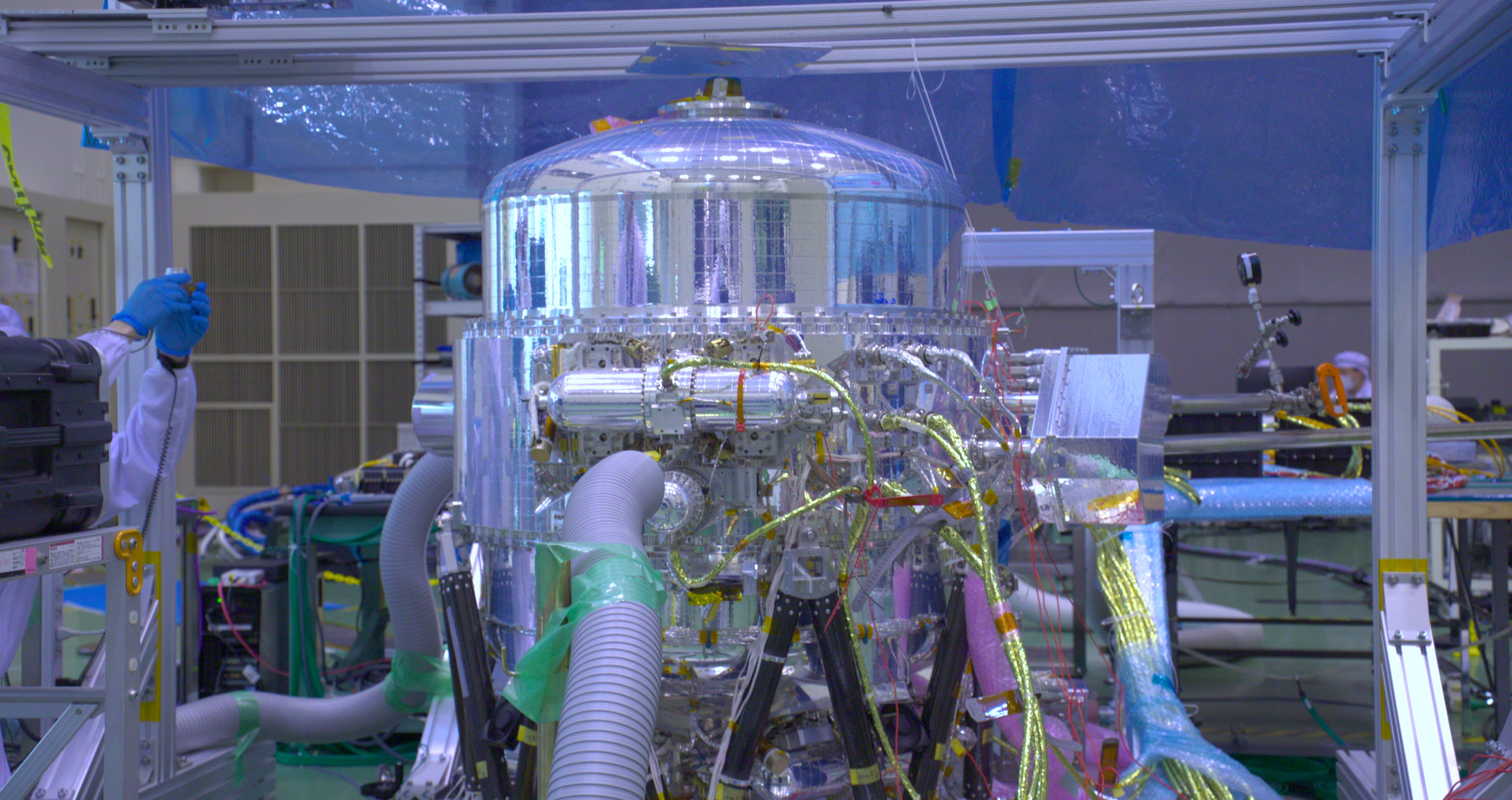
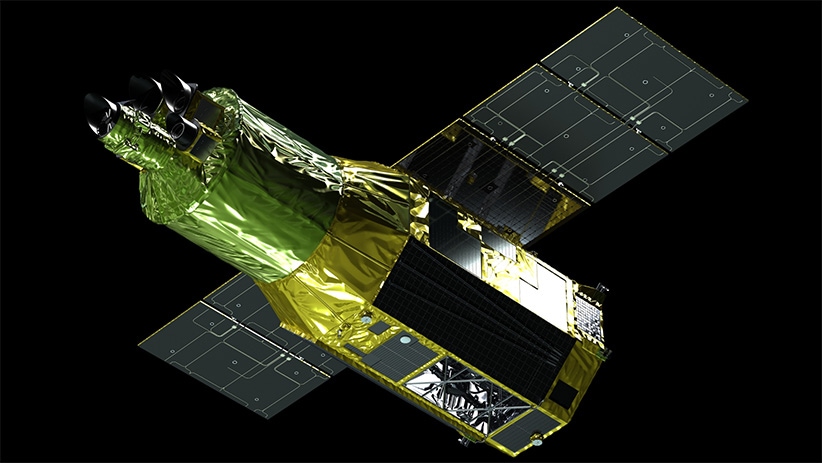

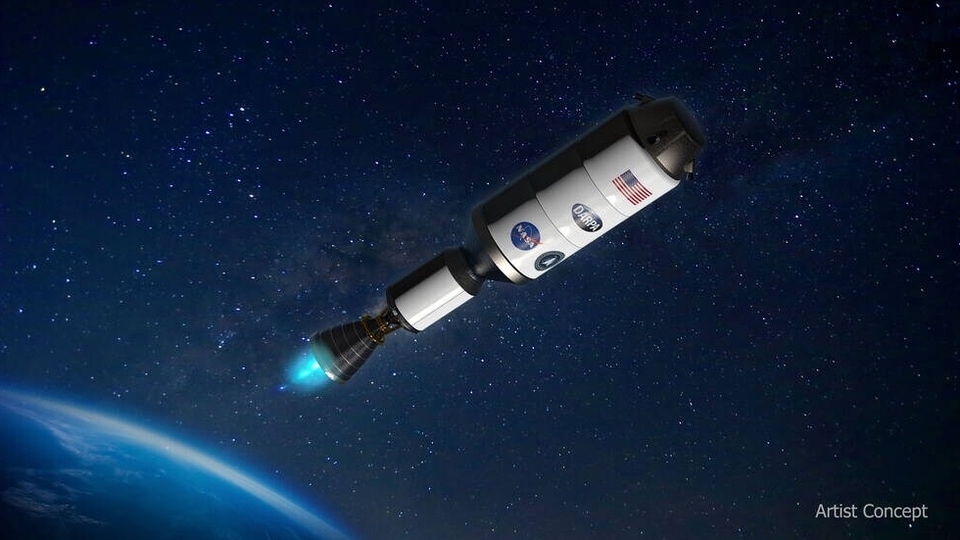
 View all Images
View all ImagesA Department of Defense agency and NASA picked Lockheed Martin Corp. to design and develop the first nuclear thermal rocket engine to be tested in space, part of a program called DRACO.
Through a contract announced on Wednesday with the federal research and development organization known as Darpa, Lockheed Martin will design and build the nuclear-propelled engine along with an experimental spacecraft, called X-NTRV. The goal will be to launch the spacecraft with the nuclear engine in 2027.
NASA will commit $300 million to DRACO, while the US Space Force will provide the launch vehicle and pad for the X-NTRV vehicle.
The idea of nuclear thermal propulsion has long been considered as a way to send shortened crewed missions to Mars. Such engines could produce high thrust, but more efficiently and with less complexity than traditional chemically powered rocket engines.
Nuclear-powered rocket engines work by transferring heat from a reactor to hydrogen propellant. As the hydrogen heats up, it expands and is funneled out of a nozzle, producing thrust.
Though Lockheed Martin will create the engine, Virginia-based BWX Technologies will build the nuclear fission reactor for the engine. The Department of Energy will also contribute high-assay low-enriched uranium (HALEU) fuel for the reactor.
To date, there has been no in-space demonstration of nuclear thermal propulsion. In the 1960s and 70s, NASA conducted a program called NERVA, which aimed to develop a nuclear-powered rocket engine for deep-space missions, though nothing ever flew in space. In January, NASA and DARPA announced their plans to collaborate on DRACO to perform an in-space demonstration of the technology.
An operational failure could present the risk of spreading radioactive material. “The reactor will not be turned on until the spacecraft has reached a nuclear safe orbit,” Lockheed Martin said in a statement, making the system “very safe.”
Catch all the Latest Tech News, Mobile News, Laptop News, Gaming news, Wearables News , How To News, also keep up with us on Whatsapp channel,Twitter, Facebook, Google News, and Instagram. For our latest videos, subscribe to our YouTube channel.






